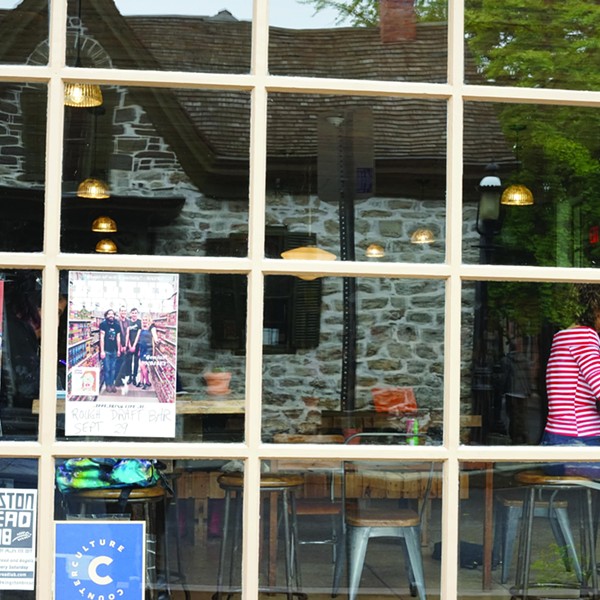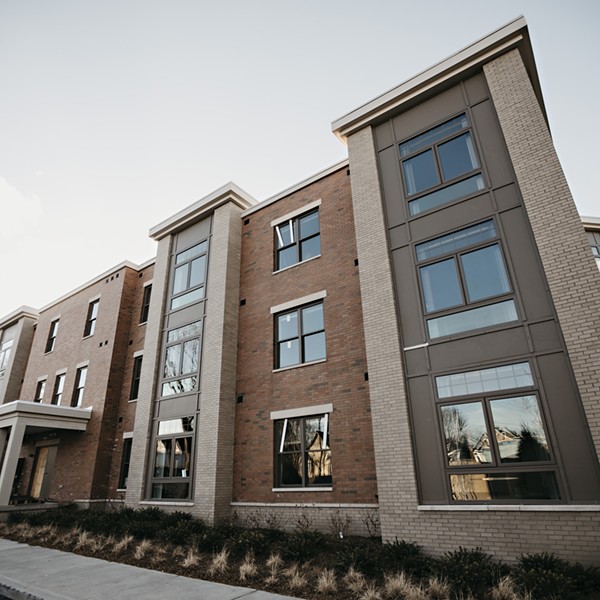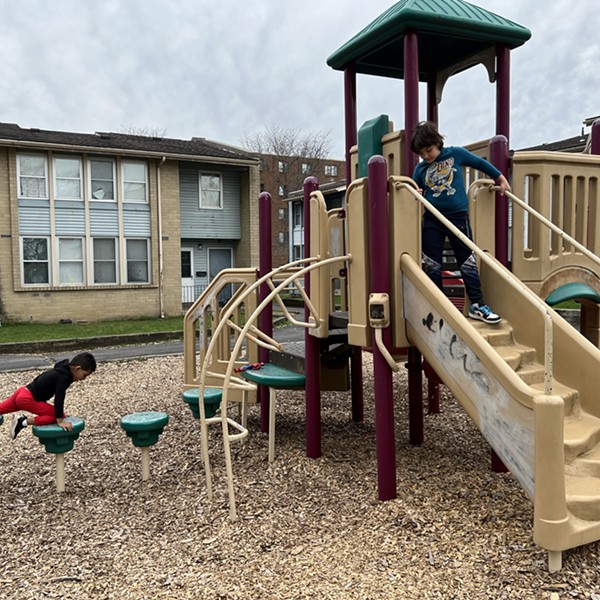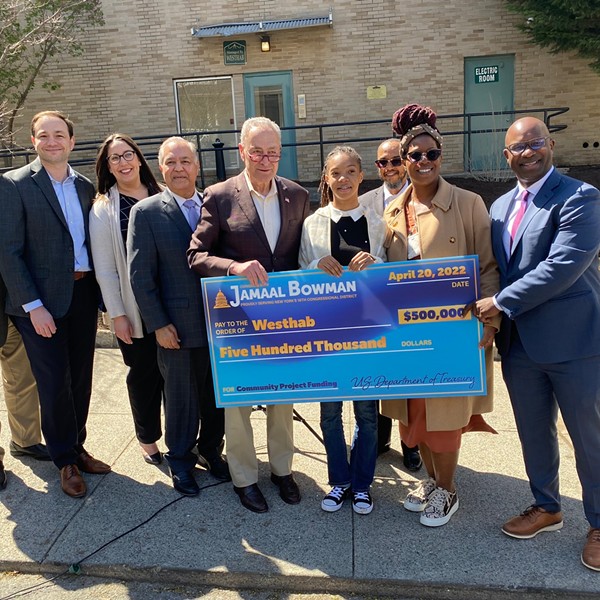I have heard it stated, quite frequently, that the Hudson Valley is experiencing a “housing crisis.” I have found that statement, and its underlying belief, troubling.
Population growth in New York State has stagnated in recent decades as people move south in search of warmer climates and employment opportunities. Many of my 500-plus classmates from the Kingston High School class of ‘87 did just that. The population of Ulster County was 158,158 in 1980; after climbing to 182,493 by 2010, it had declined to 177,573 by a 2019 estimate. It will be interesting to see the results of the 2020 US Census.
Based on the population analysis alone, it appears as though the Hudson Valley should not lack housing. Rather, the current problem is more accurately described as an “affordable housing crisis.”
So we must ask ourselves: What created that scarcity of affordable housing?
The answer is popularity coupled with inadequate policies to handle the onslaught of development pressures as more affluent people leave New York City for the Hudson Valley and Catskill Mountains. It is understandable that they would—municipalities, and real estate developers, seem eager to accommodate them.
This is the time for communities to think deeply about the kind of place they want to be, or risk having their fate determined for them by outside forces. How do we solve the affordable housing crisis in a way that aligns with maintaining the lifestyle we all enjoy in communities up and down the beautiful Hudson River Valley?
Constructing large new multifamily complexes and/or affordable single-family homes is often suggested as the primary way to solve the problem. But building more means losing farmland and forest to development, which creates its own set of problems.
There are solutions that do not necessarily mean large-scale construction of multifamily housing. For example, to promote more long-term housing units in Hurley, last year the town enacted a very restrictive short-term rental law that I wrote as a member of the Town Board. The law requires property owners to establish their primary residence in Hurley and live on premises in order to offer a unit as a short-term rental. This disallows second homeowners, LLCs, or corporations from buying property in Hurley to rent out as an Airbnb. The Ulster County Planning Board commended Hurley on the law and suggested that other communities do the same.
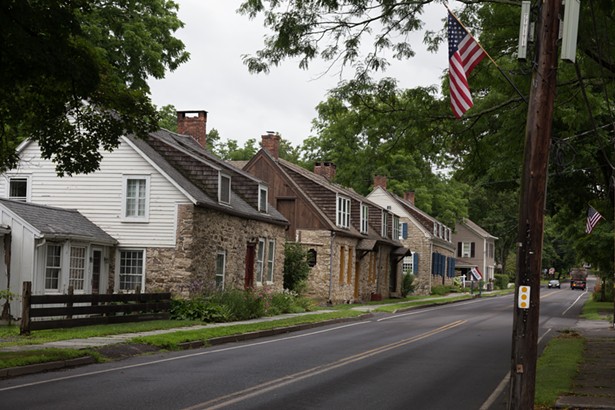
Another way to address the lack of workforce affordable housing is to implement a property tax credit for landlords who can demonstrate that they provide these types of units.
Some landlords with dubious motives have used deferred maintenance to push longtime tenants out of rent-controlled units and convert them to market-rate housing. Tax credits could also be useful by incentivizing maintenance and upgrades that promote comfort, efficiency, health, and safety. Instead of penalizing property owners with higher assessments for property that is well-maintained, owners who make those specific upgrades would see a reduction in the form of a property tax credit. This measure, since it’s a tax credit, would require action at the county or state level.
Typically, communities move toward rent control as a method of keeping rents down for tenants. But this also sometimes has an unintended consequence of incentivizing deferred maintenance. Better and more efficient housing that is not dependent on fossil fuels leads to improved health for the occupants, reduced maintenance schedules, and decreases the impact on the environment. These benefits should be considered and reflected in reduced real property tax assessments.
The big thing that drives property owners to defer maintenance is the tax burden associated with the value of the buildings they own. The fact is, property taxes are likely to climb as development increases and more demands are placed on existing infrastructure, requiring further investment for maintenance and expansion.
School taxes make up approximately two-thirds of the taxes levied on properties. This system of taxation is inherently unfair to all involved—especially our children—and it contributes to a lack of affordable, livable housing. Those who wish to provide rental units at workforce affordable prices struggle to do so, in part, because the tax levy is so high. In order to combat this trend statewide, the entire system of relying on school taxes to fund education must be re-evaluated.
A fair, just approach for property owners and for our children would be for the state to fund schools either out of income tax or sales tax. The tax should be collected by the state and divided proportionally between school districts throughout the state, based on population. This would have the added benefit of creating educational equity for all students in New York.
As a child growing up in Ulster County in the 1970s and ‘80s, I saw my parents provide workforce affordable apartments to long-term tenants in our community. Their guiding principle over the years never wavered: to provide stable housing for the workers who are vital to every community. They did not see their ability to provide housing as a way to enrich themselves but, rather, to contribute to the community where they lived. By creating the right combination of zoning and tax credits, communities can encourage long-term housing for the workers who sustain us all.
The River is a nonpartisan news organization, and the opinions of columnists and editorial writers do not necessarily reflect the opinions of the newsroom.











